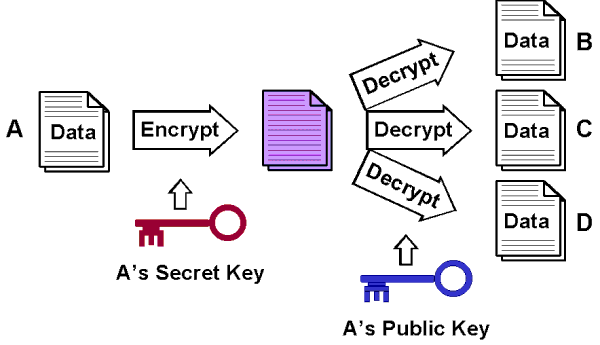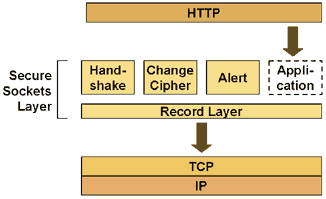Security & Privacy
Web Architecture [./]
Fall 2010 — INFO 290 (CCN 42605)
Erik Wilde, UC Berkeley School of Information
2010-10-21
![]() [http://creativecommons.org/licenses/by/3.0/]
[http://creativecommons.org/licenses/by/3.0/]
This work is licensed under a CC
Attribution 3.0 Unported License [http://creativecommons.org/licenses/by/3.0/]






